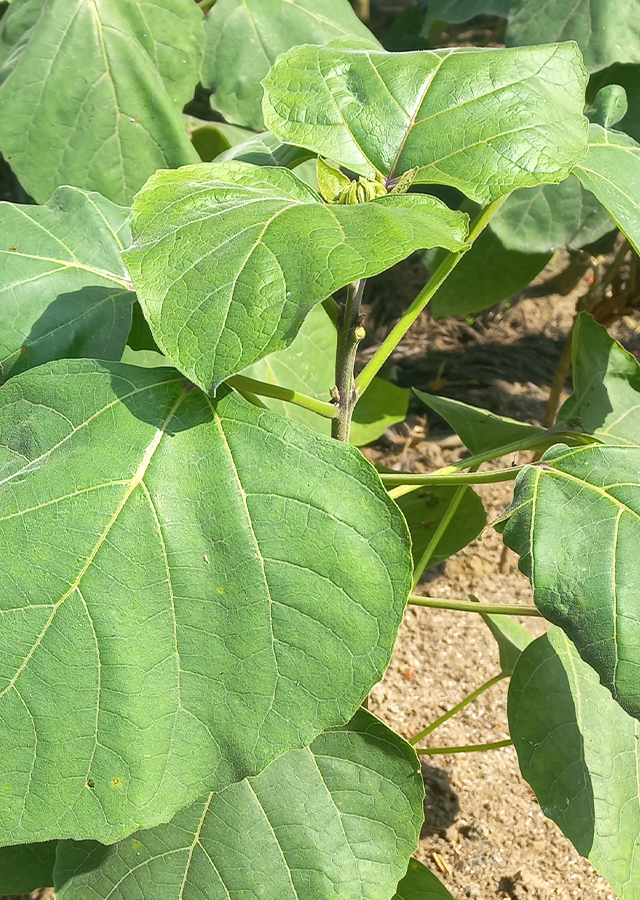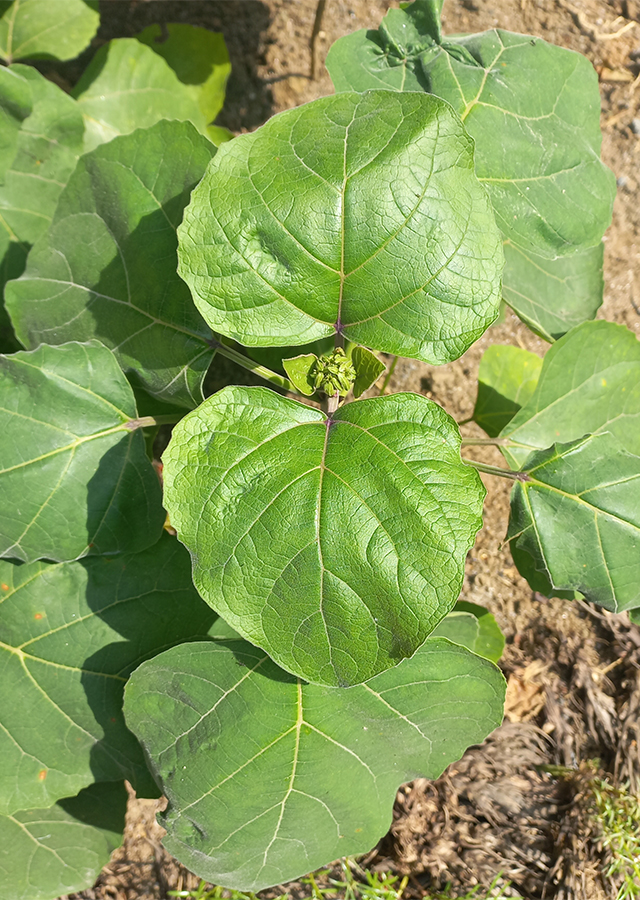Traditional Herbs from Clerodendrum bungei
overcoming_skin_infections
- Take enough sumpaka leaves, wash them thoroughly.
- Boil the leaves until they boil.
- Let it warm/cool.
- Use the boiled water to wash the infected skin.
What is Clerodendrum bungei Looks like??



Parts of Clerodendrum bungei that could be used
- Leaf
Clerodendrum bungei Distribution
Clerodendrum bungei is a flowering species from the Lamiaceae family that originates from tropical and temperate regions of Asia. Its original range extends from China to Northern India, but this species is known to have a very wide distribution and has also been introduced to Mesoamérica, Bolivia, Brazil, Argentina and Nicaragua. Traditionally, in its area of ??origin (China), this species is used by people in medicine to treat various disease complaints, including treating pain and skin problems. C. bungei is also often planted by people as an ornamental plant, valued primarily for its fragrant flowers and sometimes recommended as a nectar source plant for butterflies. This species has been classified as 'Least Concern' in the IUCN Red List of Threatened Species (2018).Agroecology of Clerodendrum bungei
In its native area in China, C. bungei can be found growing in rubbish bins, shady and damp hillsides and roadsides, as well as mixed forests on mountain slopes and along roadsides, with its altitude range reported at an altitude of 1,100 - 2,500 m above sea level. In Bolivia this species is found in forests in the Andean region. C. bungei prefers fertile, humus-rich, moist and well-drained soil but is tolerant of most types of soil, light (sandy), medium (clay) and heavy (clay) with acidic, neutral and alkaline pH. This species tolerates a minimum temperature of 15 °F (-9 °C), full sun and partial shade, and is quite drought tolerant. However, it has a low tolerance for salt. In addition, C. bungei requires a protected position from cold dry winds.�
Morphology of Clerodendrum bungei
- Stems are round, green or brown, rarely branched or without branching, and have conspicuous lenticels.
- Oval to ovate leaves (about 20 - 30 cm long), thin, opposite arrangement, with toothed leaf margins, base pointed leaves, truncated or cordate, leaf tips tapered to acuminate, 4-6 pairs of leaf veins, dark green on the upper surface and light green on the lower surface. The lower surface (abaxial) is rarely pubescent to slightly glabrous, the upper surface (adaxial) is rarely pubescent, stalked, dark brown, yellow-brown, or purplish pubescent when young, glabrous hermaphroditic (having both male and female organs), fragrant. Flowers are borne in one inflorescence. Bracts are lanceolate to ovate and deciduous. lobed 5. The crown (corolla) is pink, red, or purple, slender tube-shaped, lobes obovate (breech-ovate). Terminal inflorescences globose (corymb), dense, flat cymes.
- Drupe fruit, blue-black, subglobose.
Cultivation of Clerodendrum bungei
- Generative propagation using seeds. Best sown as soon as they are ripe. Germination usually occurs in 20 - 60 days at 20\u00b0C.
- Vegetative propagation via stem cuttings and root suckers.
Clerodendrum bungei, more details :
Chemical Content of Clerodendrum bungei5-O-ethylcleroindicin D, bungein A, clerodenoside A, trichotomoside, glycosmisic acid, 4'-O-methylscutellarein, neroplomacrol, butylitaconic acid, hexylitaconic acid, p-hydroxybenzonic acid.
Benefits of Clerodendrum bungei
Treats pain, infections and skin problems. Applied externally as anodyne, anthelmintic, anti-inflammatory, carminative.
Simplisia of Clerodendrum bungei
Another Facts for Clerodendrum bungei :
Synonym of Clerodendrum bungeiClerodendrum foetidum Bunge, Volkameria bungei (steud.) Lavallee
Habitus of Clerodendrum bungei
Bush. Annual shrub, grows up to 2 m tall
Habitat of Clerodendrum bungei
- Forest", "Roadside", "Bush Area", "Land
No comments:
Post a Comment